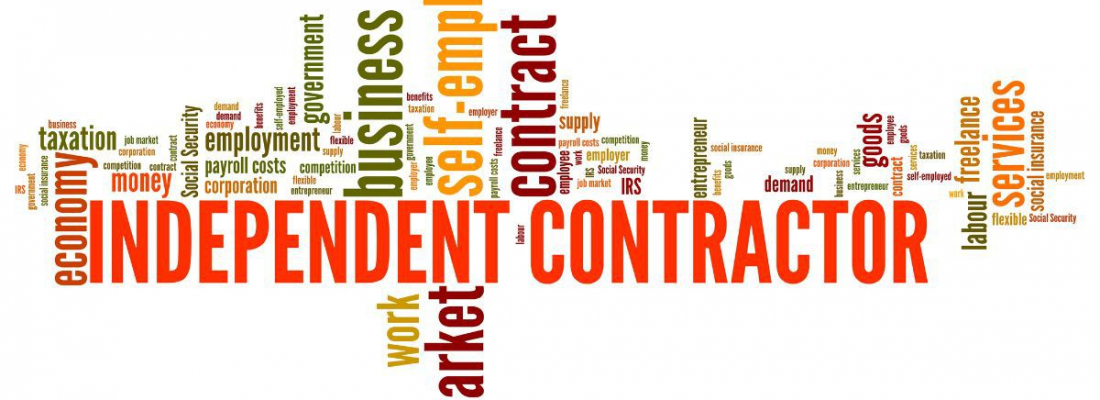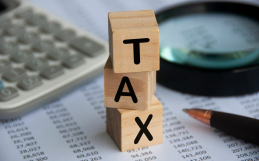On September 22, 2020, the U.S. Department of Labor (DOL) released a proposed rule that establishes new standards for employers in determining whether a worker is an employee or independent contractor under the Fair Labor Standards Act (FLSA).
The proposed rule provides employers with long-awaited clarity on the classification of workers under the FLSA. The absence of federal guidelines on classification standards for independent contractors has given rise to differing tests and rules across states and in federal courts, further confusing the issue for employers that can face substantial penalties for misclassifying employees as independent contractors.
Five-Factor Test
The DOL’s proposed rule:
- Adopts an “economic reality” test to determine a worker’s status as an employee or an independent contractor. The test considers five factors as to whether a worker is in
business for her/himself (independent contractor) or is instead economically dependent on a putative employer for work (employee); - As part of those five factors, the DOL identifies and explains two “core factors,” specifically: (1) the nature and degree of the worker’s control over the work and (2) the worker’s opportunity for profit or loss based on initiative and/or investment. These core factors are given greater weight in determining if a worker is economically dependent on someone else’s business or, as a matter of economic reality, is in business for themselves;
- Identifies three other factors that may serve as additional guideposts in the analysis of economic dependence, including: (1) the amount of skill required for the work, (2) the degree of permanence of the working relationship between the worker and the potential employer, and (3) whether the work is part of an integrated unit of production; and
- Advises that the actual practice is more relevant than what may be contractually or theoretically possible in determining whether a worker is an employee or an independent contractor.
The DOL emphasized that while no single factor is dispositive, the first two factors should be given the most weight. If both factors suggest the same classification, there is a “substantial likelihood” that the classification is correct.
California Law
In the November 2020 elections, California voters passed Prop 22 — the App-Based Drivers as Contractors and Labor Policies Initiative — that exempts “gig economy” workers from being classified as employees by companies like Uber, Lyft, Instacart, DoorDash, and others. The new law codifies an “ABC” test established by the California Supreme Court’s 2018 decision in Dynamex Operations West, Inc. v. Superior Court of Los Angeles.
The Dynamex decision and Prop 22 are only applicable to “gig economy” workers employed as drivers by app-based companies, where the proposed DOL rule will be applicable to all companies subject to the FLSA.
The Church Law Center of California advises religious and secular nonprofits on governance and risk management matters. To find out how we can assist your organization, call us today at (949) 892-1221 or reach out to us through our contact page.






